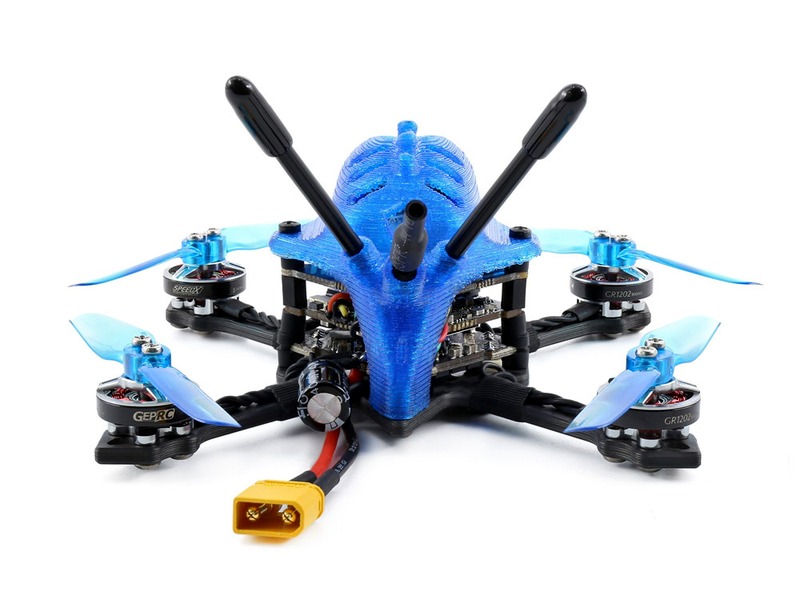Can military drones be detected?

Military drones can be detected, but the methods and technologies used to do so vary depending on the situation. As with many aspects of radars and sensors, there is no single answer to this question and many factors must be considered.
One of the most common ways to detect a military drone is by using a radar system. Radar can detect even the smallest of targets, and when it's used in conjunction with other sensors such as infrared and acoustic, it can be very effective. Radar systems that use active or passive systems can be used to detect a drone, but they are not always reliable as the drone may have anti-radar technology that renders it undetectable. Additionally, the size and shape of a drone will also impact its detectability, as smaller and more streamlined drones can be harder to detect than larger, more easily identifiable ones.
Another way to detect a military drone is to use visual sensors, such as optical or infrared cameras. These can detect the drone in flight, but again the size and shape of the drone can make it difficult to detect. Infrared cameras can be especially helpful as they detect the heat given off by the drone's engines and can be used to track its movements.
Radiofrequency (RF) signals can also be used to detect military drones. By looking for a certain frequency or type of signal, analysts can often detect a drone even when it is out of visual range. This method can be especially effective if a drone is broadcasting its own signals, as these can be easily detected.
Finally, acoustic sensors can be used to detect the sound of a drone's engines or other operational components. While this method can be effective, it is limited to detecting nearby drones and can be susceptible to environmental noise.
In short, military drones can be detected, but it largely depends on the type of drone, the environment, and the detection equipment used. Each of the detection methods mentioned here have their own advantages and disadvantages, and it is important to consider all of these factors when selecting the best method for a particular scenario.
Comments / Question
2. Enhance Drone Sensors: Enhancing the sensors on military drones can help them detect potential threats more effectively. This can be done by increasing the resolution of the sensors, improving the range of the sensors, and adding more sophisticated algorithms to the sensors.
3. Improve Drone Communication: Improving the communication capabilities of military drones can help them detect potential threats more quickly. This can be done by using more sophisticated radio frequencies and better encryption techniques to ensure secure communication between the drone and its operators.
4. Develop Advanced AI Algorithms: Developing advanced AI algorithms can help military drones detect potential threats more accurately. These algorithms can be used to analyze data collected by the drone sensors and detect potential threats more quickly and accurately.
5. Increase the Number of Drones: Increasing the number of drones in an area can help military drones detect potential threats more quickly and efficiently. This can be done by deploying more drones in a given area or by using swarm technology to deploy multiple drones in a coordinated manner.
2. Limited Range: Drone detection technology typically has a limited range, meaning it may not be able to detect drones that are beyond the range of the technology.
3. Cost: Drone detection technologies can be expensive, making them cost-prohibitive for some organizations and individuals.
4. Difficult to Scale: Drone detection technologies are often difficult to scale to larger areas, making them less useful for large-scale protection.
5. Weather Conditions: Drone detection technologies can be less effective in certain weather conditions, such as fog, rain, or snow.
2. Infrared Sensors: Infrared sensors are used to detect the heat emitted by the drone. This is especially useful for detecting drones at night.
3. Acoustic Sensors: Acoustic sensors are used to detect the sound of the drone’s engine.
4. Visual Detection: Visual detection is used to detect the drone’s shape and size. This can be done with the naked eye or with the help of cameras and binoculars.
5. Radio Frequency Detection: Radio frequency detection is used to detect the radio signals emitted by the drone. This is especially useful for detecting drones that are out of visual range.

